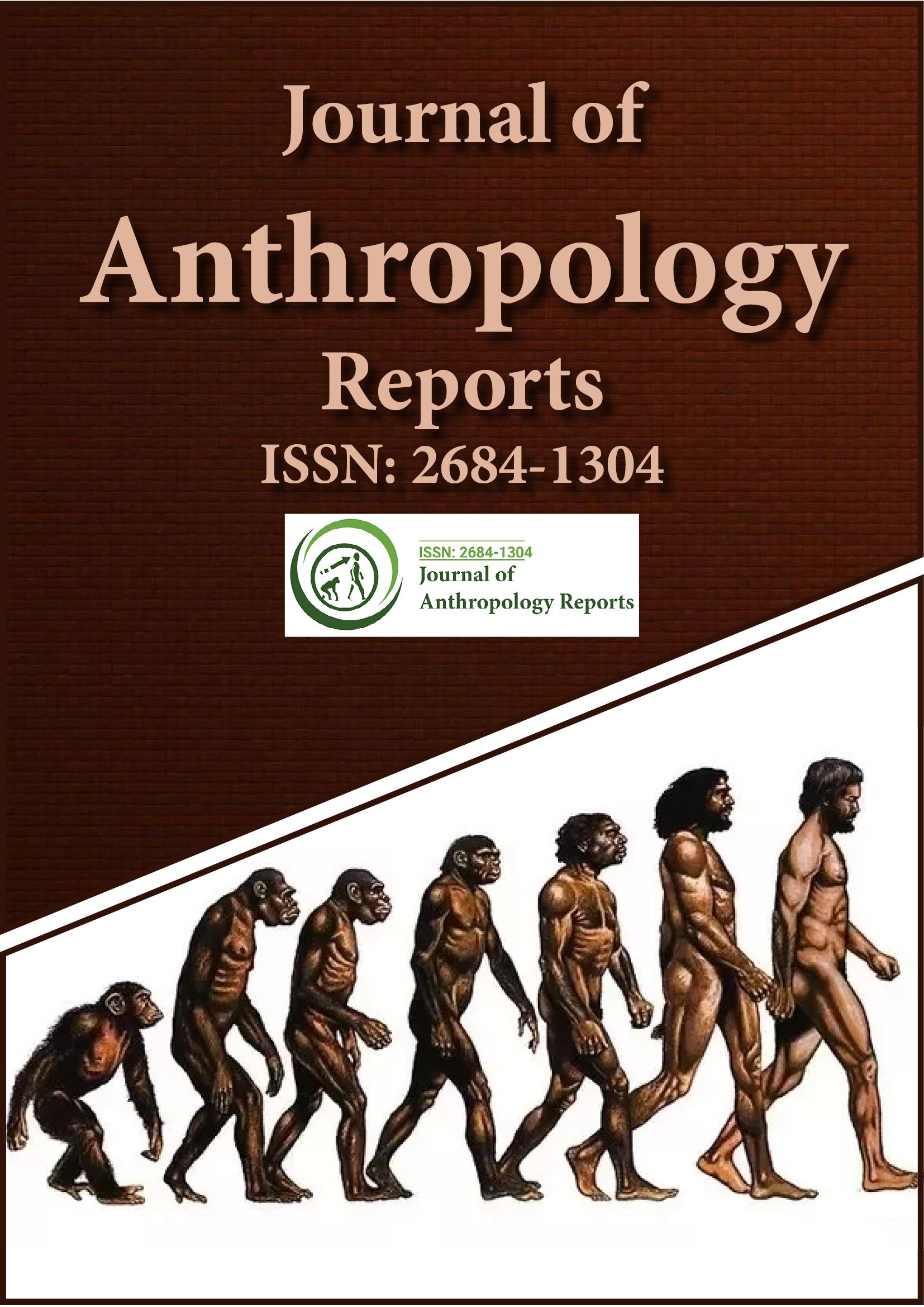Indiziert in
- RefSeek
- Hamdard-Universität
- EBSCO AZ
Nützliche Links
Teile diese Seite
Zeitschriftenflyer

Open-Access-Zeitschriften
- Allgemeine Wissenschaft
- Biochemie
- Bioinformatik und Systembiologie
- Chemie
- Genetik und Molekularbiologie
- Immunologie und Mikrobiologie
- Klinische Wissenschaften
- Krankenpflege und Gesundheitsfürsorge
- Landwirtschaft und Aquakultur
- Lebensmittel & Ernährung
- Maschinenbau
- Materialwissenschaften
- Medizinische Wissenschaften
- Neurowissenschaften und Psychologie
- Pharmazeutische Wissenschaften
- Umweltwissenschaften
- Veterinärwissenschaften
- Wirtschaft & Management
Abstrakt
Anthropological assessment of foot measurements of the southeastern ancestral regions of Nigeria.
Vidona WB* Anibeze CIP David LK and Monday AB
Background: Gender, age, stature and ancestry are considered the pillars of identity and the primary characteristics used to construct an individual's biological profile. Forensic podiatry is a novel branch of research in anthropometry that deals with the identification of the foot through understanding and measuring the morphological shapes and measurements and is ideal for determining physical identity in cases of mishaps or disasters such as air crashes, earthquakes, terrorism, crime scenes as well as demographic identity to determine individuals belonging to a unique population when census data is collated in times of controversy due to the individuality and infinite morphological variation of the human foot.
Objective: The aim of the study is to anthropologically assess the foot measurements of the stratified ancestral groups of South East Nigerians to ascertain the morphometric and morphological differences in the subgroups. Methods: The survey was conducted on 1,200 adult subjects comprising 662 males and 572 females aged 21 to 70 years randomly selected from the south-eastern geopolitical zone of Nigeria in two geographical lineage divisions – Western Igbo lineage predominantly grouped as Akwa-Nsukka block and Eastern Igbo lineage predominantly grouped as Afikpo-Owerri block, across residents of selected rural communities of the region. Measurements of foot length (FL), foot width (FB) and toe length (TL) were taken using three parameters: foot index calculated as foot width/foot length x 100; toe shape calculated as toe length/foot length x 100; and foot shape was determined by calculating foot index as slender type: FI*FI+SD (X+SD). Data analysis included descriptive and inductive statistics of mean and standard deviation. Also, Anova test was conducted to compare foot sizes on the right and left sides. Confidence level was set at 95% as p-values ≤ 0.005 were considered significant.
Results: The result showed that gender differences are highly significant (p0.05).
Conclusion: In conclusion, the study showed that foot parameters are morphometrically and morphologically gender and ethnic specific. This study confirms that the correlation of the factors and parameters is better in young female Igbo-Easterns than Igbo-Easterns but better in male Igbo-Easterns in all age groups.